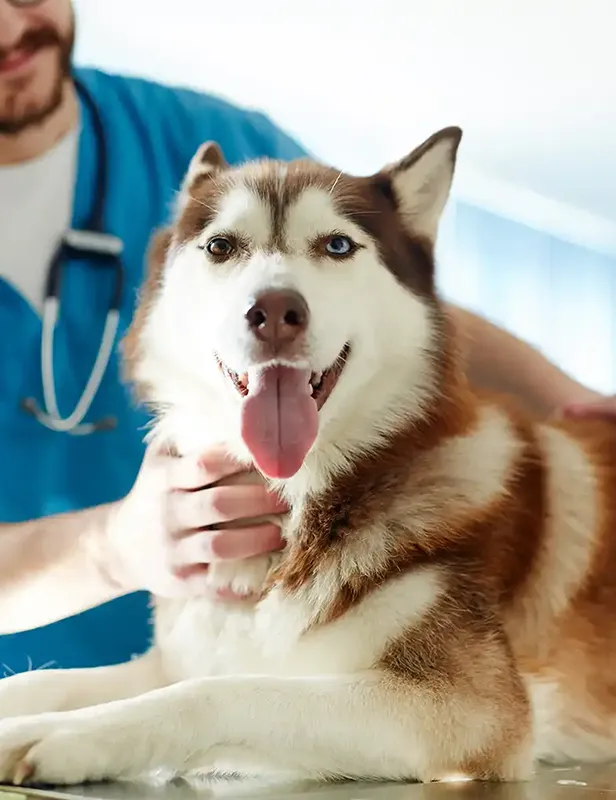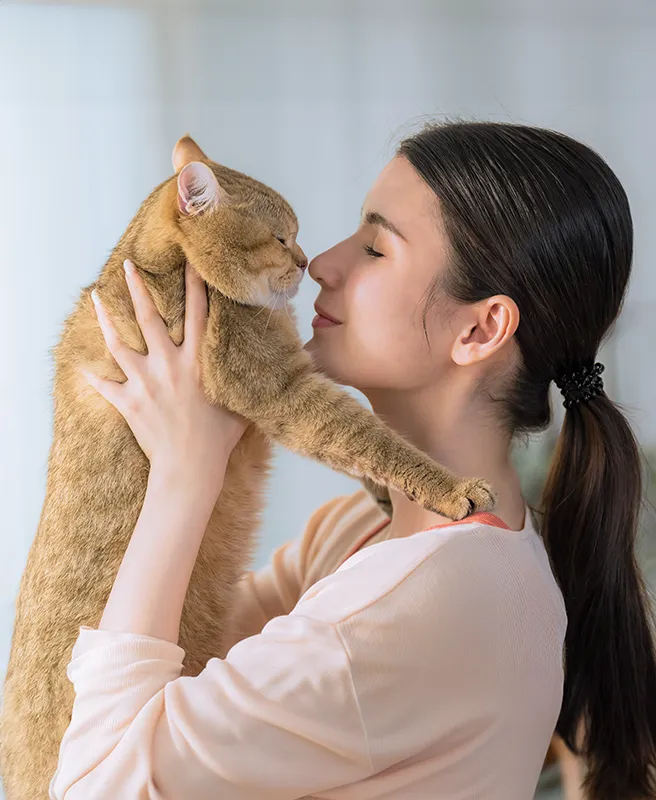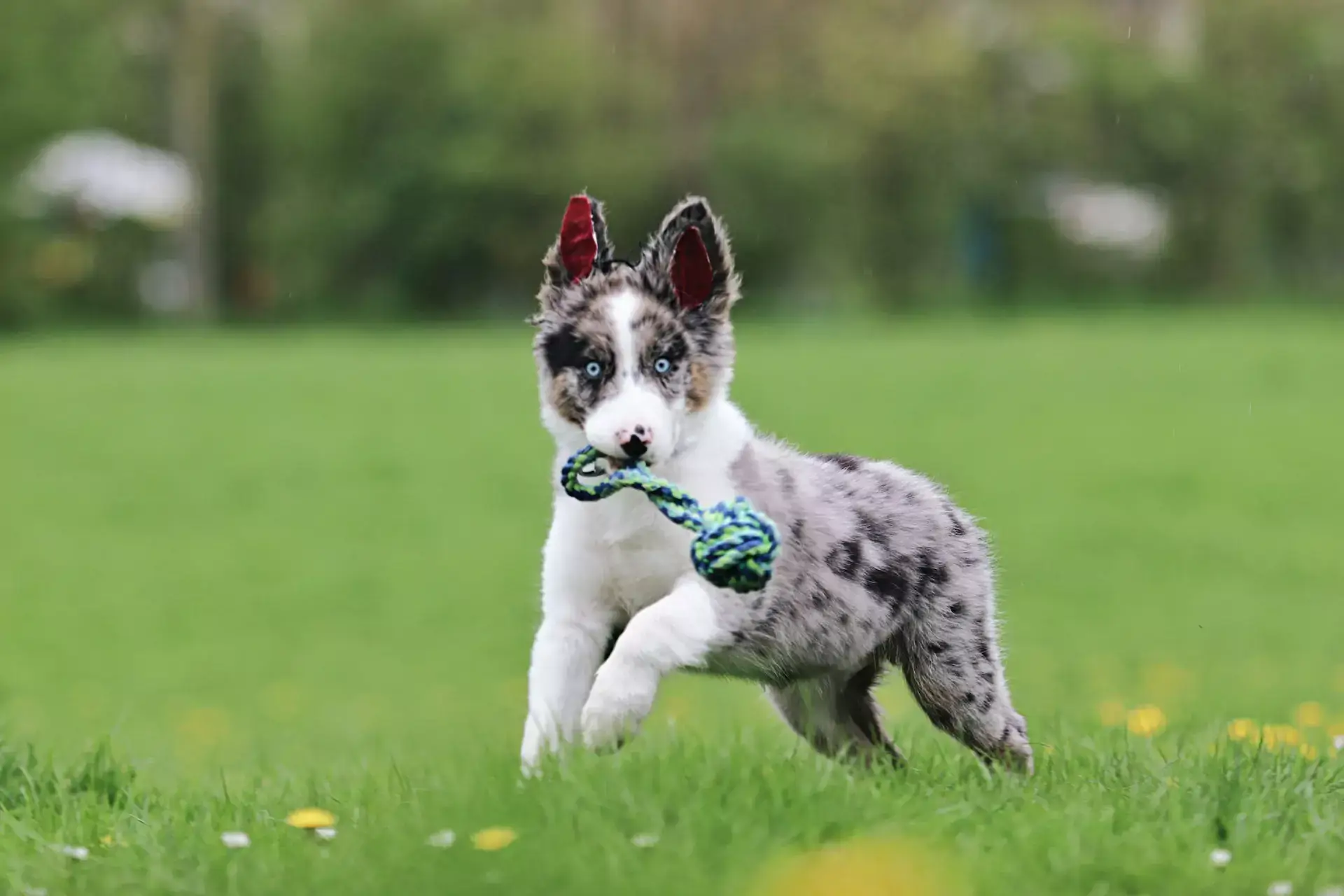As you probably know, the most popular pets here in the U.S. are dogs and cats. While many people prefer one over the other, and are dedicated ‘dog people’ or ‘cat people,’ so to speak, there are also quite a few households that include both canine and feline residents. Dogs and cats do sometimes learn to cohabitate peacefully, or at least decide to ignore each other. However, this is not always the case: sometimes these two fight like, well, cats and dogs. A local vet offers some advice on helping your pets get along in this article.
How Do You Introduce A Dog And A Cat?
This one is very important: first impressions are a big deal to both Our canine and feline friends. It can take a while to undo the damage done by a bad first meeting! Don’t just throw Fluffy and Fido into a room and hope for the best. It would be best if you eased them into things.
Your best bet is to make introductions slowly, over the course of several days. When you bring your new pet home, isolate them. This also gives them time to settle in. When your vet gives the thumbs-up, let them meet.
Fido and Fluffy may be a bit wary of each other at first. If they fight, immediately separate them. After separating them, go back to square one and reintroduce them. Don’t yell at or strike Fido if he goes after your cat. You can by all means reprimand him verbally, but avoid doing anything that may scare him. Fido may start associating the cat with being punished, which won’t make him any fonder of her.
Be sure to keep your dog leashed during these early interactions. Don’t leave Fido and Fluffy alone until you’re completely sure that they’ve made friends or at least agreed to a truce.
Ask your vet or a pet behaviorist for specific advice.
How Long Will It Usually Take For A Dog And Cat To Become Friends?
Don’t expect Fido and Fluffy to become bffs right off the bat. Usually, the kitty is more wary. Cats are creatures of habit, and tend to adapt to major changes very slowly. They’re also smaller! Fluffy might need a year to get used to her canine roommate and feel safe around him. Of course, this varies a lot from pet to pet. If your feline buddy is accustomed to being around dogs, it may not take long at all.
It may help if you have a kitten: some dogs seem to recognize kittens as babies, and can be remarkably patient with little Fluffy jumping on their tails or kick-scratching them.
By respecting their individual needs, implementing gradual introductions, and utilizing positive reinforcement, you can build a foundation for a harmonious coexistence between your furry buddies. Just be sure to put safety first!
Will Cats And Dogs Learn To Get Along?
There’s no way to answer that question as a generality: it ultimately just depends on the ages, temperaments, sizes, and histories of both pets.
We know, there are few things more adorable than seeing a dog and cat snuggled up. We also can’t help but laugh at all the videos of Fluffy brazenly stealing Fido’s bed, while the poor pup looks on helplessly.
However, those heartwarming moments aren’t guaranteed. Fostering a positive relationship between cats and dogs requires patience, understanding, and a commitment to creating a safe, supportive environment for both pets.
Choosing the right pets is half the battle here. This is particularly crucial when choosing the dog. While cats’ sharp teeth and claws can inflict some damage, for the most part the kitty is going to be at greater risk.
There are several factors to consider, including Fido’s age, size, and temperament. Some dogs have a natural prey drive. This not only makes for unhappy roommates, but it can pose a significant danger to the cat. Keep in mind that our canine companions survive in the wild by hunting small animals. In some cases, cats can trigger those innate predatory instincts.
If you have a cat already, and you want to add a dog to your household, only consider dogs that are known to get along with cats. Do some breed research, and avoid any breeds with strong prey drive.
How Can You Stop Cats And Dogs From Fighting?
Cats and dogs can—and often do—become buddies, but at other times they fight like, well, cats and dogs.
Here are some tips to help things go smoothly.
Provide Separate Feeding Areas
Cats and dogs have different dietary needs and feeding behaviors. There’s also the fact that Fido is a bit of an opportunist, and has no qualms about helping himself to Fluffy’s dinner.
To avoid potential conflicts, provide separate feeding areas for your cat and dog. Feeding Fluffy in a place Fido cannot reach can help things go smoothly. This not only prevents food-related aggression but also allows each pet to eat at their own pace without feeling threatened.
Make Sure Pets Are Getting Lots Of Enrichment
Make sure that both Fido and Fluffy get enough exercise and playtime. Toys and activities can divert the attention of both cats and dogs, and can help ward off potential conflicts. Cat toys can pose choking hazards for dogs, so keep Fluffy’s toys out of Fido’s reach.
Don’t Overlook Your Dog’s Training
Training can go a long way, though it may not override prey drive in some dogs. Make sure Fido knows and obeys basic commands such as Sit, Stay, Come, and Lay Down. Ask your Elkton, MD vet how to incorporate ‘Leave The Kitty Alone’ into Fido’s training regimen.
Offer Your Furry Pals Safe Spaces
Fluffy should have some places where she can retreat, spots where Fido can’t reach her. Vertical space is a great bet here. A cat tower with an enclosed upper level is always a good choice. Kitty condos also may work. Even a spot under a bed or behind a sofa can provide safe haven. Fido may appreciate a bed or crate. (Fluffy may very well claim that, too, but that is another topic.)
Learn To Read Pets’ Body Language
Understanding the body language of both your cat and dog is crucial for gauging their comfort levels. Watch for signs of stress, fear, aggression or discomfort in either animal, such as flattened ears, hissing, growling, or a stiff posture. These are red flags you shouldn’t ignore. Always intervene before a situation escalates.
What If My Cat And My Dog Just Won’t Get Along?
Sometimes this just happens. Our canine and feline friends don’t always get along, even if you do everything right. The comfort, safety, and well-being of both pets should always be the top priority. It’s normal to see a bit of tussling at first, but if Fido and Fluffy actually fight, you may need to reconsider things. While we usually see rehoming pets as a last resort, it is preferable to risking harm to either animal.
Conclusion: In some cases, Fluffy and Fido become best buddies, but this isn’t guaranteed. By being careful and consistent, you can reduce the chances of friction between them.
Visit Our Elkton, MD Animal Clinic
Feel free to contact us, your Elkton, MD animal hospital, if you have any questions about your cat’s health or care.







!Social Media Icons